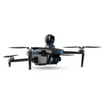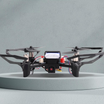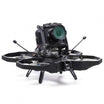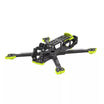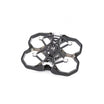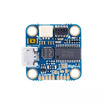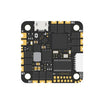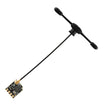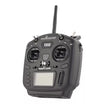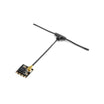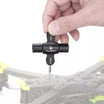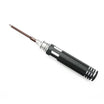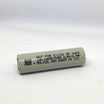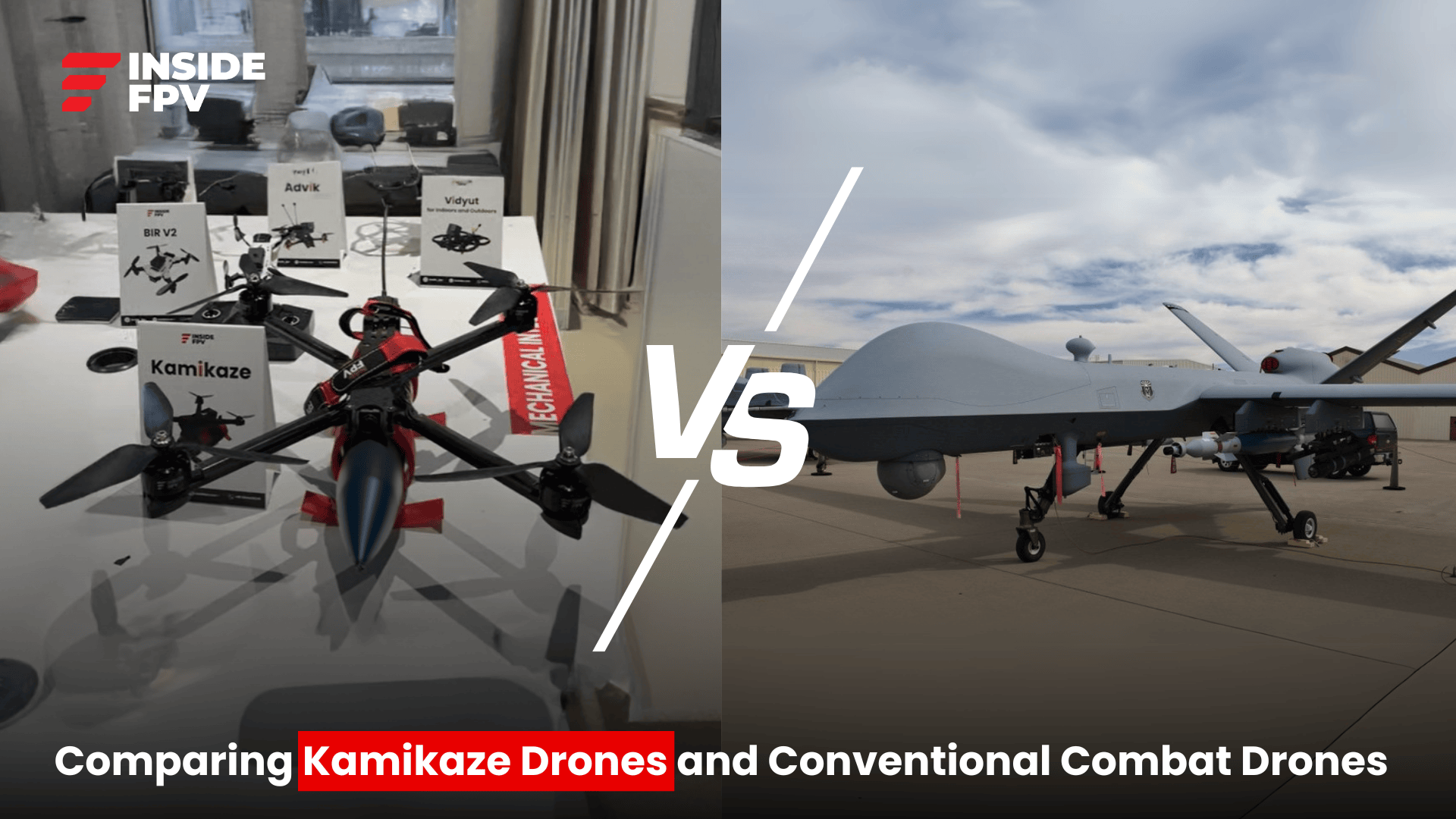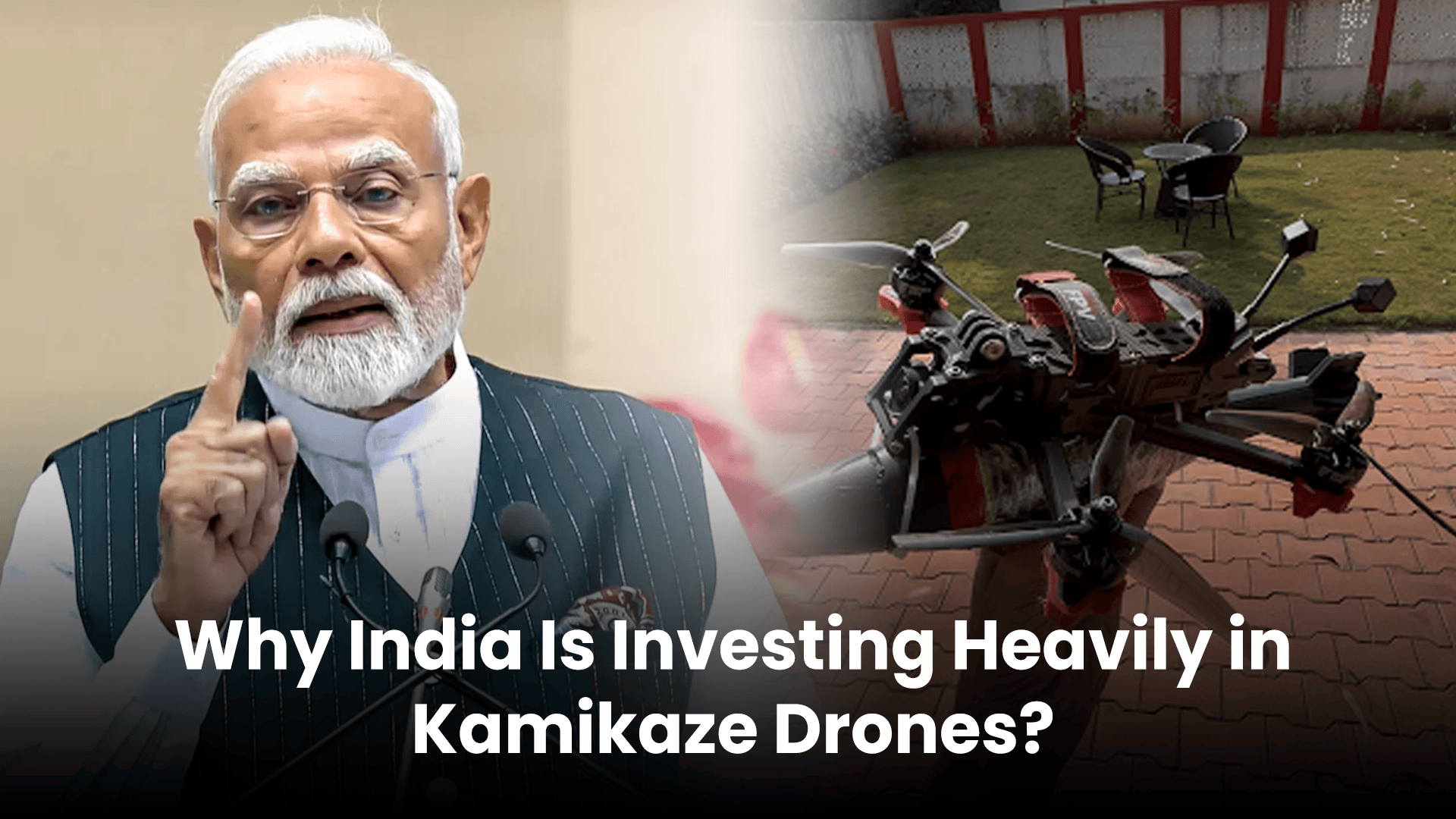Table of Contents
- How technology is changing warfare
- What Are Loitering or Kamikaze Drones?
- Why Kamikaze Drones Are Perfect for Military Operations
- India’s Journey Into Kamikaze Drone Warfare
- What Are The Challenges Involved?
- Frequently Asked Questions
How Technology is Changing Warfare
Technological advancement often reshapes the battlefield, altering tactics, capabilities, and outcomes. One of the most significant innovations in recent years is the emergence of loitering munitions, more commonly known as kamikaze drones.
These weaponized drones are redefining how wars are fought — with greater precision, lower costs, and reduced risk to human soldiers.
What Are Loitering or Kamikaze Drones
If a missile and a drone had a baby, it’d be this.
Loitering munitions are basically drones that can hover or "loiter" over a battlefield for long periods, searching for targets. The moment a valuable enemy asset is spotted like a tank, radar system, or command center the drone dives in and blows itself up. Mission complete.
Unlike traditional drones that come back after surveillance, these drones combine intelligence, patience, and precision into one deadly package.
Why Kamikaze Drones Are Perfect for Military Operations?
Let’s put it simply loitering munitions change the rules of war. Here's why every military, from global superpowers to rising nations, is investing heavily in them:
-
Affordable Yet Powerful: You don’t need billions to deploy these. They cost way less than fighter jets or advanced missile systems.
-
Pinpoint Precision: They loiter until they’re sure of the target, reducing the risk of collateral damage.
-
Low Risk to Human Life: No pilot, no crew—just tech doing the job.
-
Hard to Detect: Small size + low flying altitude = a nightmare for enemy radar.
In other words, they offer poor man’s air power with rich man’s accuracy. And in warfare, that’s a deadly combo.
Also read: FPV Drones for beginners: How to pick the perfect size
Loitering munitions first made headlines during the Nagorno-Karabakh war in 2020. Azerbaijan used Israeli and Turkish kamikaze drones to obliterate Armenian tanks and air defense systems. This was done from a safe distance and at a fraction of the cost of traditional air strikes.
Then came the Russia-Ukraine war, where both countries used loitering drones to deadly effect. The world watched as cheap drones struck multi-million-dollar military equipment and even disrupted supply lines and logistics.
These wars proved one thing: you no longer need the biggest military to win—just the smartest tools.
India’s Journey Into Kamikaze Drone Warfare
Now let’s bring the conversation home. India, with its unique border challenges and hostile neighbors, has no choice but to stay ahead of the curve.
And we’re doing just that.
#1 Indigenous Efforts Take Flight
India’s DRDO and startups like NewSpace Research & Technologies and Big Bang Boom Solutions are leading the charge in building homegrown loitering munitions.
A standout project is ALFA-S (Air-Launched Flexible Asset – Swarm). These are tiny drones dropped from fighter jets that can fly in coordinated swarms and pick off enemy targets. It's sci-fi stuff that’s actually happening right here in India.
#2 Partnering With Global Leaders
While we build our own, we’re also strengthening our arsenal with global tech. India has procured Harop drones from Israel suicide drones designed to take down radar systems and communication hubs. These are already in use and have been spotted near conflict zones like Ladakh during the 2020 standoff with China.
#3 Deployed in Real Tensions
While India hasn’t officially confirmed combat use, reports suggest that Israeli-made loitering munitions were quietly deployed along the LAC (Line of Actual Control) during the India-China standoff.
These drones gave India a vital edge in real-time surveillance and rapid-strike readiness.
#4 A Role Beyond Borders
These drones aren’t just for external threats. In counter-terrorism operations in Kashmir or the Northeast, loitering munitions can track and take out militant hideouts with minimal collateral damage.
This makes them perfect for tricky terrains where human deployment is risky.
Since we all know, India is not really surrounded by the most friendly neighbours. From border flare-ups with China to tensions with Pakistan, we need every possible edge. Loitering munitions bring several:
-
Works in High-Altitude Terrain: Great for Himalayan regions where traditional air power is tough to use.
-
Eyes + Explosives in One: No need for a separate recon mission—these drones spot and strike.
-
Improves India’s Asymmetric Power: Counters numerical or technological superiority with smarter tools.
Also read: How India’s underwater drones are changing naval warfare
What Are The Challenges Involved?
While the technology is revolutionary, it’s not without challenges:
-
Autonomous Targeting Worries: When drones make their own decisions, who’s accountable if something goes wrong?
-
Easy to Copy: Terror groups could one day use them too. That’s a frightening thought.
-
Susceptible to Jamming: If the enemy has strong electronic warfare tech, they can disable or misguide the drone.
India must tackle these issues head-on-with stricter regulations, better cybersecurity, and ethical guidelines for autonomous warfare.
Frequently Asked Questions
Are loitering munitions the same as regular drones?
Not quite. Regular drones often come back after a mission. Loitering munitions are designed to self-destruct after hitting their target.
Is India already using them in combat?
Officially, no. But reports suggest they’ve been deployed along the LAC with China and could be used in live combat if needed.
How are these drones controlled?
Most are remotely operated by a human. However, newer versions come with AI-assisted targeting, making them faster and more autonomous.
Can these drones be shot down?
Yes, but it's tough. They're small, fly low, and are hard to detect. Traditional radar systems struggle to catch them.
Who’s building them in India?
Several Indian startups and defense firms are on it NewSpace Research, Tata Advanced Systems and insideFPV, to name a few.
Read More About Kamikaze:
- How kamikaze drone works
- What are Suicide drones?
- Kamikaze drone: Whole Destruction Drone
- How Kamikaze Drones Are Redefining Modern Warfare
- Can Kamikaze drones replace human Pilots?
- Rise of the Kamikaze Drone In Recent Times
- Indian Army High-Speed Attack Drone
- Kamikaze Drones in Kashmir: A Shift in Counterterrorism Tactics?
- The Impact of India's Kamikaze Drones on Contemporary Military Strategy
- Kamikaze vs Traditional Combat Drone


